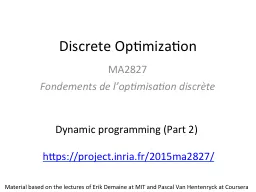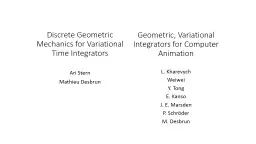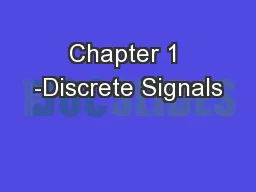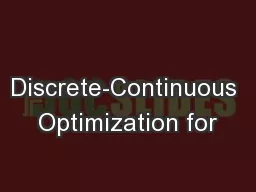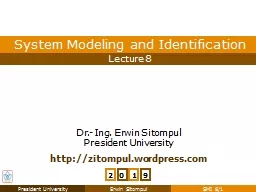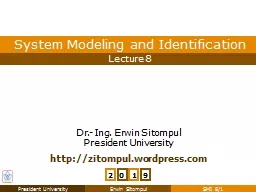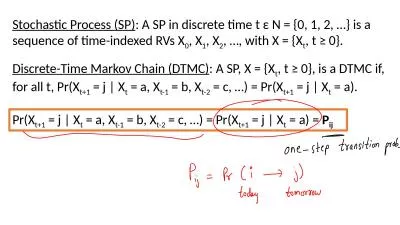PPT-Discrete Optimization MA2827
Author : cheryl-pisano | Published Date : 2018-02-07
Fondements de loptimisation discrète httpsprojectinriafr2015ma2827 Dynamic programming Part 2 Material based on the lectures of Erik Demaine at MIT and Pascal
Presentation Embed Code
Download Presentation
Download Presentation The PPT/PDF document "Discrete Optimization MA2827" is the property of its rightful owner. Permission is granted to download and print the materials on this website for personal, non-commercial use only, and to display it on your personal computer provided you do not modify the materials and that you retain all copyright notices contained in the materials. By downloading content from our website, you accept the terms of this agreement.
Discrete Optimization MA2827: Transcript
Download Rules Of Document
"Discrete Optimization MA2827"The content belongs to its owner. You may download and print it for personal use, without modification, and keep all copyright notices. By downloading, you agree to these terms.
Related Documents

